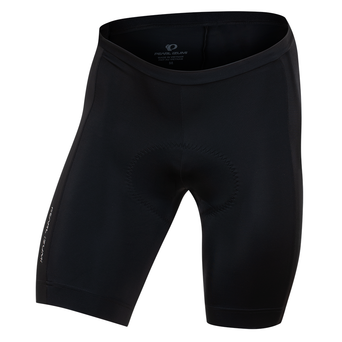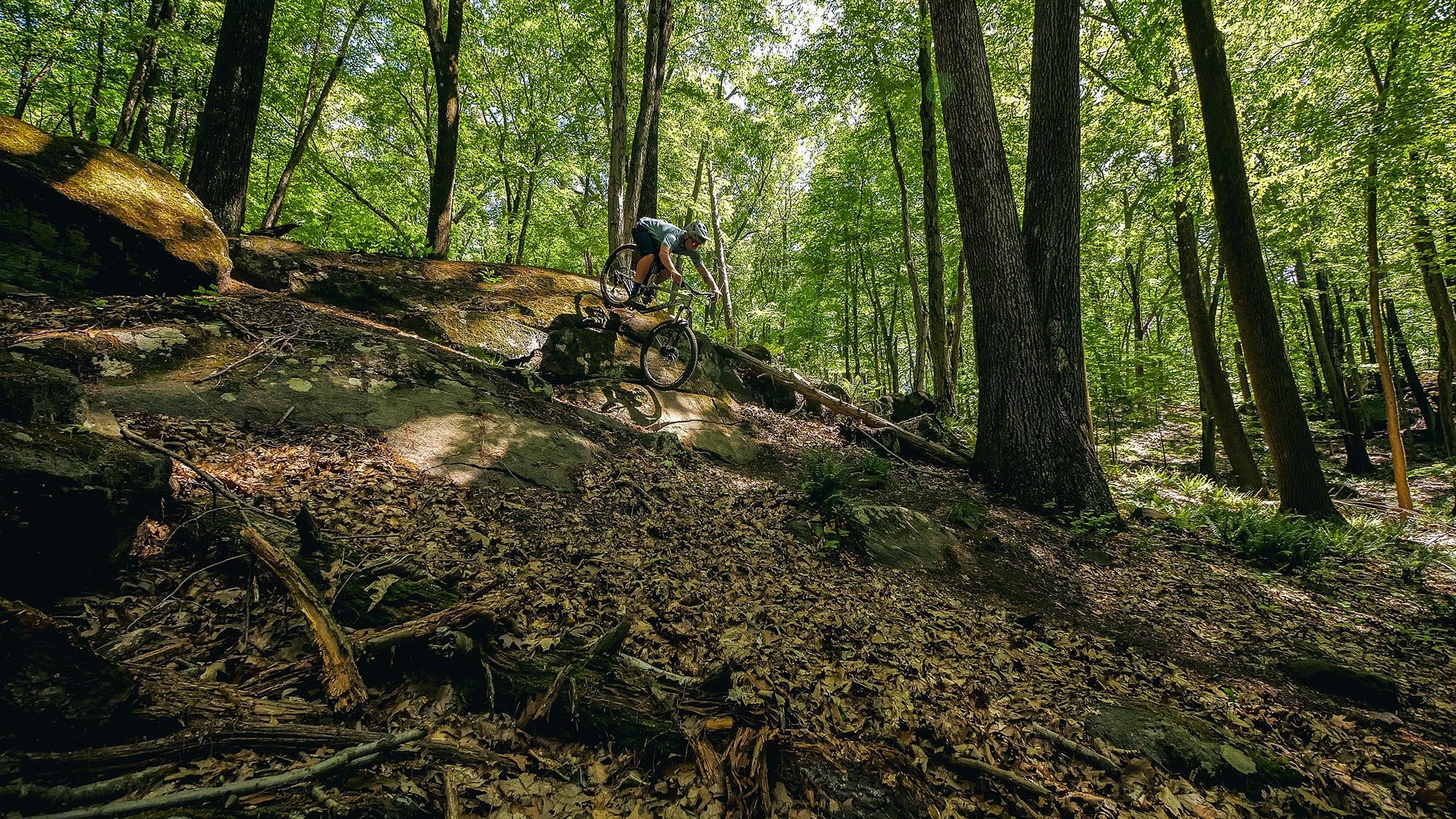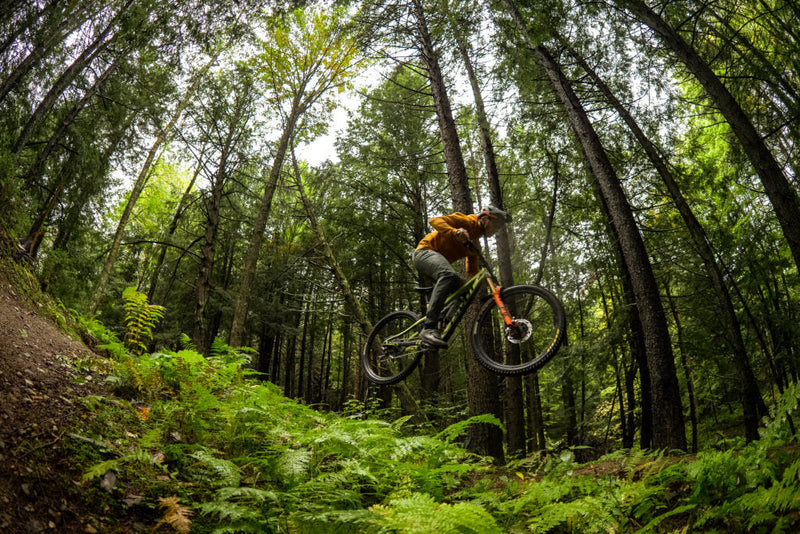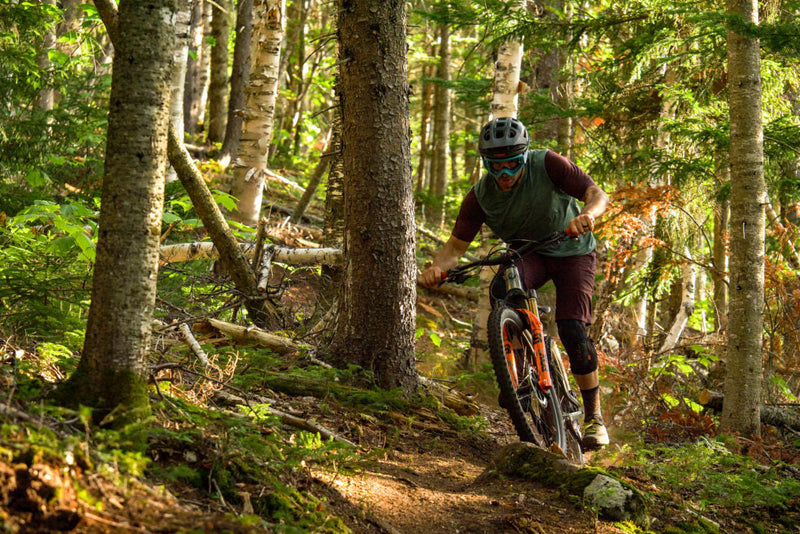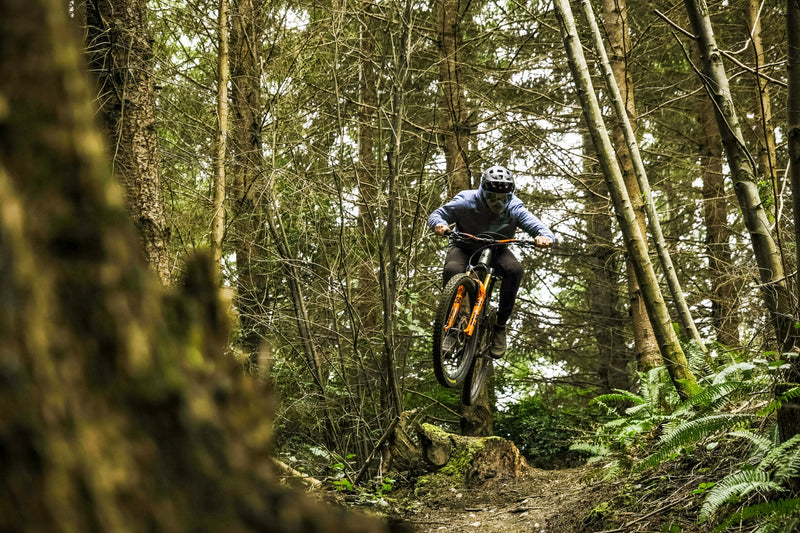Standing at the base of a 30-foot tall nearly vertical rock slab, surrounded by old-growth forest while a red-tailed hawk stares at you from the canopy above, it’s hard not to look around and ask, “where on Earth am I again?” According to Google Maps, I’m only 40 miles north of the Manhattan skyline in New York City, but this place feels much further than that. I’m visiting Blue Mountain Reservation in Peekskill, New York, a Westchester County park situated along the banks of the Hudson River. Blue Mountain, from which the park’s name is derived, tops out at just under 700 feet above sea level and represents the southern border of the Hudson Highlands. These are among the lowest elevations found in the Appalachian Mountains and come as close to the Atlantic coast as the ancient mountain range gets.
Driving north from NYC, the transition from concrete jungle to ancient Appalachian forest happens quickly. The Palisades and hills surrounding the Hudson seem to swiftly close the curtain on America’s largest city and help reset the landscape. As close as this place is to NYC, for me, it has long represented a gateway to the northeast adventure corridor, with the Catskills, Green Mountains, and Adirondacks all well within reach. Still, while the terrain and appearance of Peekskill and the Hudson Highlands might at times feel like they’re a world away from New York City, the reality is that America’s largest city casts a massive cultural shadow. And there’s a distinctive hustle and bustle vibe that seems to create a dichotomy of sorts between the mountains that are so stark and the pace most people here carry with them throughout their day.
The geological history of the Hudson Highlands is pretty interesting, as is much of the rest of the Appalachian range’s story. It’s a landscape littered with rock slabs, and they happen to be among the oldest exposed rock in the United States. Some are estimated to be upwards of a billion years old. Several large, standalone slabs called glacial erratics were moved, shaped, and smoothed out over the course of continental uplift and glacial recession. Today they present an incredible opportunity to those looking for a very different style of riding: slab hunting.
Blue Mountain is home to about 1,600 acres of this amazing terrain. It has long been a reliable destination for scores of riders who call the area home. There are several miles of trail, and while the singletrack itself is stellar, much of the doubletrack here is being reclaimed by nature and is often equally fun. The trails themselves are mostly of the technical variety, with rocks stacked upon rocks, some roots thrown into the mix. Where there is dirt to be found, it’s often high quality. In truth, these kinds of trails can be found in many places between my home three hours to the south and Blue Mountain. So, while they are indeed fun, they’re also a bit of an afterthought, a means to connect one massive chunk of granite to another. The slabs here appear to be straight out of Squamish. They range from shoulder height to a few stories tall. Some are nearly vertical, while others are like rustic, rounded stair steps built by nature. In several places, they combine to create slab-chute-slab combinations or some iteration along those lines. They represent an opportunity to get creative with line choice and to test your braking control as well as your interval fitness. There aren’t many opportunities at Blue Mountain to make many shapes or rip several minutes-long descents, but you don’t come to a place like this looking for riding like that. Instead, you come to Blue Mountain to explore a landscape that offers the rare opportunity to create your own adventure. I get that you aren’t likely to look towards the City That Never Sleeps as a “must ride” part of the world; just don’t sleep on Blue Mountain in Peekskill. After all, this place was a billion years in the making.

ADVOCACY
The Westchester Mountain Biking Association, formerly CABN (the Cortlandt Area Bicycle Network), is dedicated to promoting the recreational use of mountain bikes on trails in a safe and environmentally sound manner. WMBA has carried the torch lit initially by CABN and has earned the trust of Westchester County who manages this land. While they are responsible for maintaining several trails and networks throughout the county, Blue Mountain is, without a doubt, their crown jewel. The terrain at Blue Mountain doesn’t allow for a whole lot of features, and no machines have ever been used for trail purposes. The club and the land management have prioritized the utilization of the abundant natural features throughout the park and work hard to ensure that they are around for others to enjoy for decades to come. You can help support WMBA by clicking here.
STAY
While there is no camping at Blue Mountain Reserve, there is a lodge available for groups. You can sleep up to 30. The rustic Trail Lodge has a kitchen, showers, a fireplace and is available year-round. You can check out availability by calling (914) 231-4575 or (914) 862-5275. There is camping nearby at Croton Point, a 500-acre park situated on a peninsula along the banks of the Hudson River. Croton is about 10 minutes south of Peekskill and has cabins available in addition to tent and RV sites. Of course, when you’re this close to NYC, there are thousands of hotels available within just a few miles, and Manhattan is only an hour-long train ride away if you’re up for some cultural immersion.
TAKE NOTE
Lyme borreliosis, otherwise known as Lyme Disease, is caused by Borrelia bacteria and is spread to humans through deer ticks. I hate ticks. I think they’re scarier than any rock slab I’ve ever ridden down, and Lyme, in particular, is something I’m not at all interested in. This is a part of the world where it can run rampant through the deer tick population, so here are a few precautions you can take to mitigate your risk of Lyme:
● Soak clothes, shoes, and camping gear such as tents, backpacks and sleeping bags with 0.5% permethrin solution and hang them out to dry before use.
● Check for ticks during and after your ride. And if you can, use tweezers to remove any tick from your skin. If you can find it within 36 hours of its initial bite, you’re much more likely to avoid infection.
● Check your pets for ticks as well. It can certainly help them avoid any issues, and you can help prevent the tick from migrating from your pet to yourself or others in your household.








